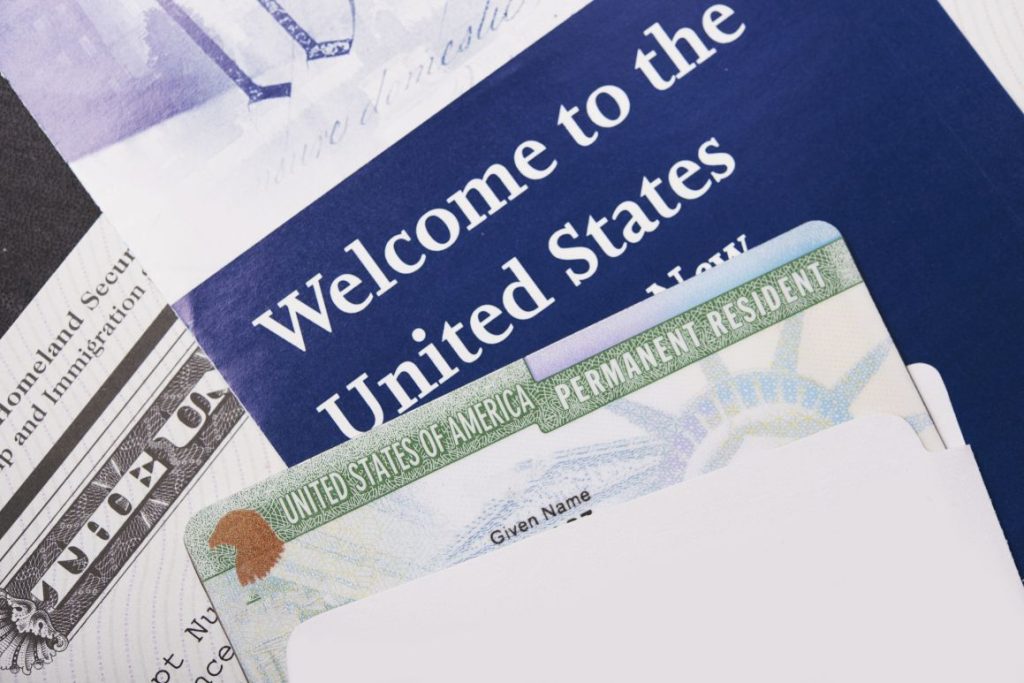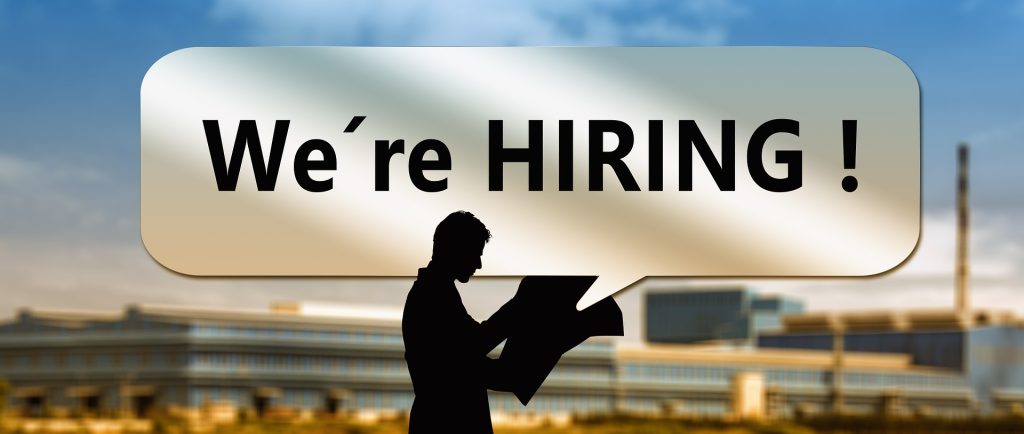There are many different types of U.S. visas. There are visas for employment, students, entertainers, tourists, and exchange visitors.
Does O-1 Visa Need Sponsorship?
Does O-1 Visa Need Sponsorship? Overview
Does O-1 visa need sponsorship? Employers, agents, entrepreneurs, professionals, and artists often ask whether an O-1 visa is the right choice. Unlike other visa categories that allow self-petitioning, the O-1 visa requires sponsorship from a U.S. employer or a U.S. agent. A U.S. agent can file petitions for American or foreign employers or O-1 beneficiaries who are self-employed.
How an Employer can Petition for an O-1 Beneficiary?
An employer with a registered business in the U.S. can sponsor an O-1 beneficiary for a visa. The employer’s business may be a sole proprietorship, partnership, corporation, or LLC in any U.S. state. The business must have a valid employer identification number. There is no requirement on how long a business should exist in order to be able to sponsor an O-1 beneficiary. However, the business should have strong financials to be able to maintain its operations and pay the O-1 beneficiary. Typically, USCIS does not require bank statements or tax returns. However, if the business’ finances are questionable, USCIS may request these documents.
When filing the I-129 Petition, the employer should include evidence of the compensation arrangement between the business and the O-1 beneficiary. This is usually a written contract. However, if there is no written contract, a summary of the terms of the oral agreement may be sufficient.
The employer should include an explanation of the nature of the event, dates, and a copy of the itinerary. Since the O-1 visa covers a wide range of professionals, this explanation will vary. For example, a sports coach of “extraordinary ability” who is seeking to enter the U.S. to work at a local gym may have a 3-year employment contract. In comparison, a musician entering the U.S. on tour may stop in multiple cities, with an itinerary listing dates.
How a U.S. Agent can Sponsor an O-1 Beneficiary?
A U.S. agent who would like to petition for an O-1 beneficiary must be “in the business” of being an agent. The agent cannot merely be another employer for whom the O-1 beneficiary works. The agent may be the O-1 beneficiary’s employer or file the petition for a foreign or U.S. employer. If the agent is the employer, they must provide evidence, such as a business registration certificate, agency contracts, and fee arrangements, to prove they are “in the business” of being an agent.
If the agent represents an employer, a power of attorney or affidavits from other employers can serve as evidence. These documents show the agent is “in the business” and authorized to file the I-129 petition.
If the O-1 beneficiary intends to work for multiple employers, an agent can file this petition only if: (1) the supporting documentation includes a complete itinerary of the events; (2) the itinerary specifies the dates of each service or engagement, the names and addresses of the actual employers, and the names and addresses of performance venues; the contracts between each employer and the beneficiary; and (4) the agent includes documentation, explaining the terms and conditions of the employment .
How an Immigration Attorney Can Help?
Since 2015, Attorney Cheryl Fletcher, has been assisting employers, agents, and O-1 beneficiaries with their American dreams. After reading this article, you should have gained a basic understanding of the sponsorship requirements for an O-1 visa. However, immigration law is complex and a qualified immigration attorney can greatly improve your chances of qualifying for this visa.
If you have questions about O-1 visa eligibility and the process in general, please book a consultation online, contact us by phone: 561-507-5772, or send us a email at [email protected]. We’d be glad to assist.

Attorney, Cheryl Fletcher










